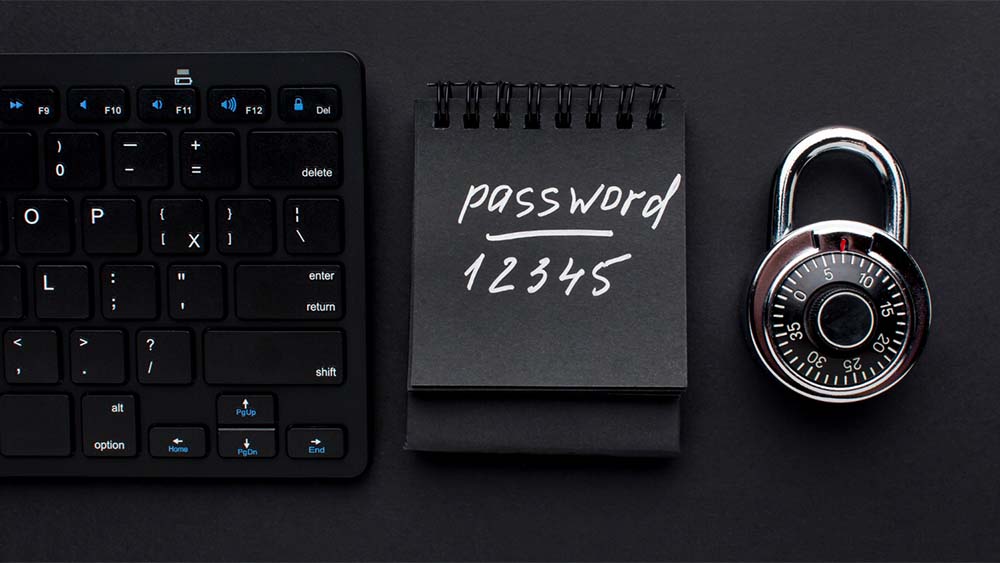Your smartphone isn’t simply a device for communication. It’s also your wallet, camera and your personal assistant and, often, your workstation. It’s a prime victim for hackers. From malware-laden apps to phishing text messages and unsecured Wi-Fi, hackers have plenty of ways to hack into your device and steal confidential data.
The positive side? If you follow the right guidelines and the right tools, you can secure your phone making it safer to be a target. Here’s a step-bystep guide to protecting your phone from hackers in 2025.
1. Begin with Strong Authentication
-
Utilize biometrics Fingerprints or facial ID are more secured (and quicker) than a standard PIN.
-
Create an extended passcode: If biometrics are not working you can use a 6-digit or longer PIN instead of four digits.
-
Allow SIM cards lock Protects against attackers creating a duplicate number if the phone you have stolen.
-
Set up Multi-Factor Authentication (MFA): For crucial applications (banking emails, banking and social media) Always add another authentication step.
2. Keep Your OS & Apps Updated
-
You can enable automated updates to your OS (iOS and Android).
-
Update apps directly from the official store (Google Play and Apple App Store).
-
Get rid of old or inactive apps that have not received security patches.
-
Be on the lookout for urgent security updates (e.g. zero-day vulnerabilities).
3. Control Your App Permissions
-
Examine permissions on apps frequently to determine if the flashlight app really require your microphone?
-
Restrict access to locations cameras, contacts, and location.
-
On Android On Android, you can use “Ask Each Time” for sensitive permissions.
-
If you’re using an iPhone you can check the Privacy settings in Settings and Security to view app access logs.
4. Protect Your Network Connections
-
Do not use public Wi-Fi If you have to connect, make sure you use an secure VPN.
-
Deleting auto-join on Wi-Fi networks with open access.
-
Shut off Bluetooth, NFC, and location sharing when you are not using them.
-
Your phone should be set on “Forget” outdated Wi-Fi network that you do not use anymore.
5. Encrypt & Back Up Your Data
-
Make sure that that encryption on the device is turned on (default on smartphones of today).
-
Make sure you regularly backup your data regularly onto the secured cloud-based services and offline data storage.
-
Use encrypted messaging applications (Signal, WhatsApp) for private conversations.
-
Securely store backups, never put them on a drive that is not secure.
6. Guard Against Phishing & Malware
-
Avoid clicking on links that look suspicious in email, SMS or social applications.
-
Beware of downloading apps from third-party stores or other APK files.
-
You can enable Google Play Protect (Android) or App Store Gatekeeper (iOS) to check apps.
-
Be wary of “too promising to be real” deals or free premium applications and fake update.
7. Secure Your Accounts & Cloud Sync
-
Make use of an password management program in order to generate unique complex, difficult passwords.
-
Make sure you enable MFA to iCloud, Google, Microsoft as well as other accounts with a lot of traffic.
-
Log out of your accounts that you don’t use frequently.
-
Check connected devices on the settings of your Apple ID or Google account settings, and then remove any unfamiliar devices.
8. Prepare for Theft or Loss
-
Enable Find My iPhone (Apple) or Find My Device (Android).
-
You can turn on the remote wipe to erase your data in the event that your phone gets taken.
-
Save your mobile’s IMI number secure to report with your provider.
-
Look into apps or other services that will take photos if someone attempts at unlocking your mobile in error.
Smartphone Security Checklist
-
Strong passcode & biometrics enabled
-
Multi-factor authentication on all major accounts
-
OS & apps updated automatically
-
App permissions reviewed
-
VPN ready for public Wi-Fi
-
Device encryption & secure backups enabled
-
Phishing awareness practiced
-
Cloud accounts secured with MFA
-
Find My Device / remote wipe set up
Final Thoughts
Hacks on smartphones aren’t just Hollywood fiction. They happen all the time. However, most attacks are successful because people do not lock their doors. With these tips and you will turn your smartphone into an far more formidable attack target dissuading hackers and keeping your personal life secure.
Keep in mind that cybersecurity isn’t about being invulnerable to hacking–it’s all about making your phone inaccessible by hackers. Secure your phone now, and you’ll be well ahead of your peers.








